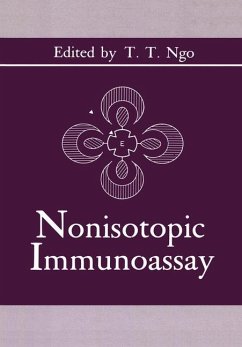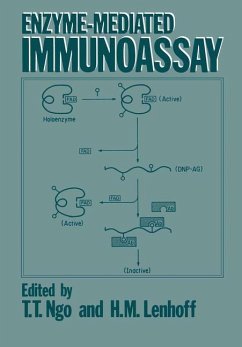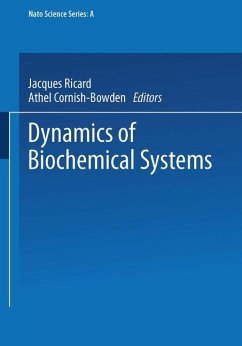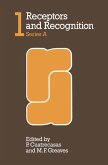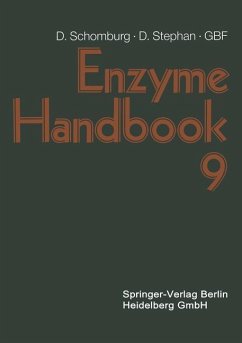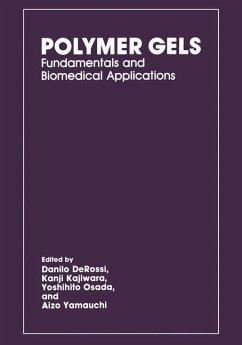The basis of all immunoassays is the interaction of antibodies with antigens. The most widely used immunoassay technique is radioimmunoassay (RIA) which was first developed by Yalow and Berson in 1959. The principle of RIA is elegantly simple. It utilizes a competitve binding reaction between analytes and a radio-labeled analog of the analytes (the tracer) for anti-analyte antibodies. In addition to its exquisite specificity, extraordinary sensitivity, good accuracy and precision, ease and rapidity of assay and simplicity of assay development, the applicability of RIA to a wide variety of substances has made it one of the most powerful and versatile analytical methods of the 20th century and beyond. Millions of RIA's are being performed annually on clinical, biological and environmental samples in licensed laboratories. In order to expand the use of RIA beyond the confines of these laboratories to areas like physician's offices, patients' homes, economically less developed countries, agricultural fields, large scale and continuing screening tests for infectious diseases, it has become necessary to develop non-isotopic labels. Indeed the last fifteen years have seen the development of a great number of ingenious non-isotopic labels in immunoassay so that a whole new industry capitalizing on the potential market for non isotopic immunoassays has appeared. It is the purpose of this volume to present in depth, state-of-the-art reviews on techniques used in non-isotopic immunoassays. Topics covered include: (1) Enzyme-labeled immunoassay; (2) Luminescene immunoassay; (3) Immunoassay at liquid-solid interface; (4) Membrane immunoassay and (5) "Particle"-mediated immunoassay.

